![the-big-yearly-android-upgrade-doesn’t-matter-all-that-much-now-[video]](https://betadroid.in/wp-content/uploads/2025/04/17001-the-big-yearly-android-upgrade-doesnt-matter-all-that-much-now-video.jpg)
Contents

The big yearly overhaul or upgrade for Android is done. We’re at a stage where the differences are so minimal that it’s hard to tell – and we catalogue every minute change. The fact is, Android updates don’t matter as much as they used to. Here’s why.
Table of contents
- Android at 16: Platform maturity
- Third-party skins are where the “fun” is
- Apps: Features within features
- The extended support window conundrum
- Gemini: The future might be AI
- Welcome to the Good Place
Android at 16: Platform maturity
Android has hit a stage where “big” usability changes will be few and far between. Most of the bases are covered, save some accessibility options and extended functions that might appeal to a specific, smaller subset of users. Think a dedicated desktop mode – which actually looks like it could be an incredible productivity tool to many people.
You can see that from Android 12 right through to Android 15 and the upcoming Android 16 release that we’re getting minimal changes visually or functionally. The biggest things we’ve had in recent years is probably Private Space. Beyond that it’s mostly tweaks and tuning. Quick Share was another big feature, but it can run on any practically any device so long as you have Android 6 or newer. It even works on Windows with an application. Theft Protection is another example of this. It rolled out with a Play Service update and works on all phones running Android 10 or higher.
Google introduced QPR releases for the Pixel series post-Android 12 in 2021. These quarterly releases deliver more significant updates now that are decoupled from the major yearly signposted Android upgrade. They run concurrently and are becoming a key selling point for the Pixel lineup as they are repackaged as “Feature Drops” or “Pixel Drops.”
It’s a combination of these things that muddles the water. It’s hard to deny that each release is starting to feel like a monthly patch but with a light lick of paint. In many ways, oddly, it can be considered a good thing. Change for the sake of change means people get annoyed, frustrated, and disappointed in equal measure. Bugs get introduced when software developers change things for the sake of change.
Third-party skins are where the “fun” is

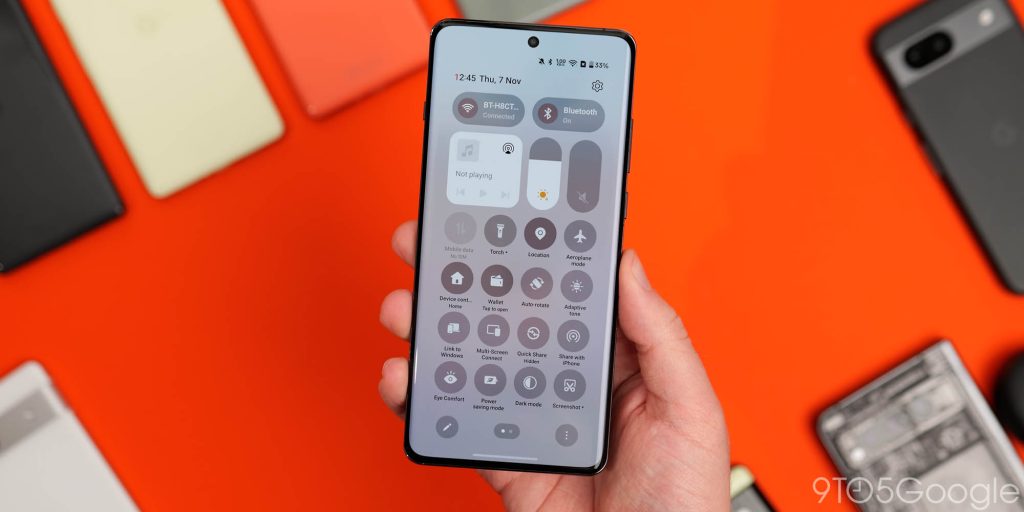
Visually and functionally, third-party skins like OxygenOS, One UI, and HyperOS effectively allow you to choose what you want from Android in terms of deeper functionality. Samsung has traditionally been the flagbearer for features going back to the earliest days of TouchWiz. This is not as pronounced now, as Google’s AOSP core has steadily enveloped things that are first seen on these skins.
One of the biggest complaints we have is that Google is pretty slow to add things to Android on Pixel phones. In fact, the company can take backward steps. We lost a little bit of the all-important customization with the shift from Android 11 to Android 12, and it’s still not yet been added back in. Dynamic Color and Material You are fairly automated theming functions, but there isn’t much you can do without installing a new homescreen launcher.
On Pixel phones, apps are also where the exclusivity is starting to rear its head. Look at the Pixel 9 series. They get a few features that, at least in theory, will work fine on older phones. Pixel Studio, Pixel Screenshots, to a lesser extent, features like Reimagine and Add Me for the camera, all of these shouldn’t be a problem for any modern phone to run. Instead, they’re limited to the latest phones. Not the OS version you have.
There isn’t as much fragmentation in the OS version, but rather the features found within. Oppo and OnePlus have many controls you won’t find on a Samsung or Xiaomi phone, and vice versa. That’s even despite a similar core feature set. These brands led the way with dark themes, gaming modes, and enhanced camera functions. Google was slow to get these integrated, but things have dripped through with each passing Android upgrade.
As someone who cares about changes and even the tiniest little additions, I have found that I’m drawn more than ever to these alternative builds. A big reason for this is that at least since Android 12, the number of changes we’re seeing on Pixel phones has diminished year-over-year. It’s almost impossible to tell Android 12 and the upcoming Android 16 build apart unless you know what to look for. That’s not the case when looking at OxygenOS 12 to OxygenOS 15 or One UI 5 to One UI 7. The updates there are huge in comparison, and the extra functions are nice value-adds.
Apps: Features within features

You might note that Google has been adding features within existing applications more heavily in recent years. Google Photos for example has gained Magic Editor and is always adding more options to elevate the experience. Gemini is another prime example, it isn’t just a chatbot now. It has visual capabilities but that’s another route Google is taking entirely.
Apps are still a core component of any phone. First-party apps can effectively compensate for OS shortcomings by adding functionality without requiring a full system update, and we’re seeing this utilized more and more with each passing year. It’s quick, simple, and makes sense.
The extended support window conundrum
There could be another force at play when it comes to a lack of “stuff” when we think about Android upgrades. OEMs and Google have pushed to increase support windows. In seven years, a modest phone might have a great deal of difficulty with certain features within these future versions of Android. Google has dealt with this before by limiting certain options or making them only available for the newest phones that are eligible for each update.
In some ways, this creates a tiered situation where, at least in practice, you have the same Android version number but lack specific core functions. You can’t always be certain your phone will get specific functionality. While frustrating, this is one of the only ways most smartphone makers can truly differentiate their newest devices from older models.
It’s hard to sell a shiny new phone when the old one has all the same features and works just as well. Capitalism is going to capitalize after all.
Gemini: The future might be AI

I’ve had a theory that the ubiquity of AI like Gemini and how it’s decoupled from full Android OS updates might be the future of the platform. Think about it. As Android has developed over the past few years, we’re seeing more and more functions become part of Play System updates rather than full operating-system releases.
Gemini is a different beast. The recent Astra-powered visual functionality only requires a network connection and an app update. If Gemini starts to become a core part of the Android OS, it’ll mean updates can be pushed even faster and to more devices. No need to wait for those yearly releases we still covet so much.
Android 16 is being pushed in two parts. The first minor release is expected to lay the groundwork for further and deeper AI integration. If this is true, then Gemini might be the future of Android, whether you like it or not.
Welcome to the Good Place
Realistically, we need more fixes for bugs and problems that you encounter daily. While a fresh lick of paint is nice with each Android upgrade, it isn’t going to solve poor battery life, scroll lag, or disappointing camera performance.
Concerns and frustrations aside, Android has come a long, long way in a short space of time. It’s a great place to be, and there is a lot to love on just about every phone you use. Like the past four or five updates, don’t expect Android 16 to reinvent the wheel and you’ll be happy.
Add 9to5Google to your Google News feed.
FTC: We use income earning auto affiliate links. More.
What’s your reaction?
Love0
Sad0
Happy0
Sleepy0
Angry0
Dead0
Wink0
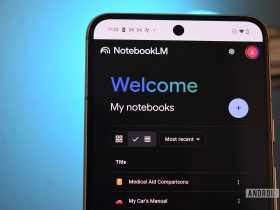
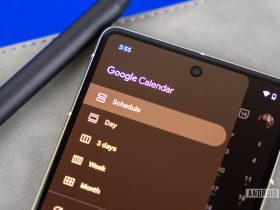
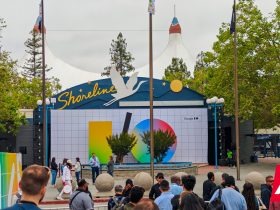
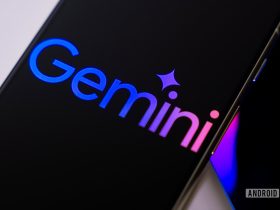
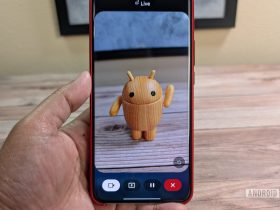

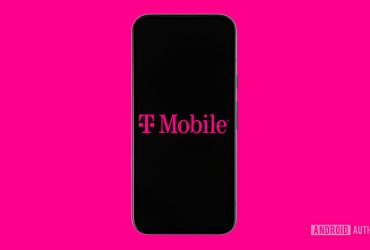
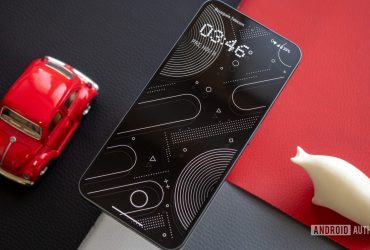

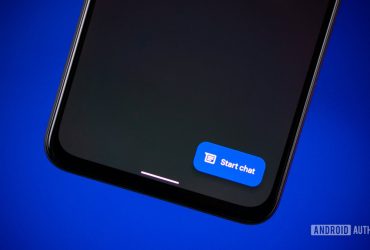
Leave a Reply
View Comments